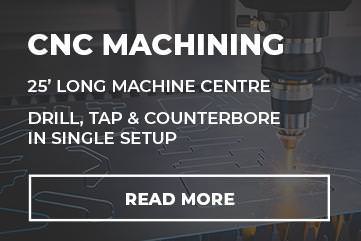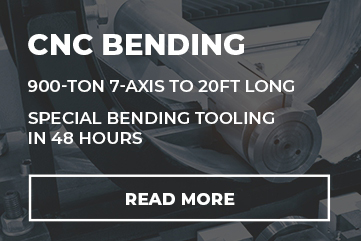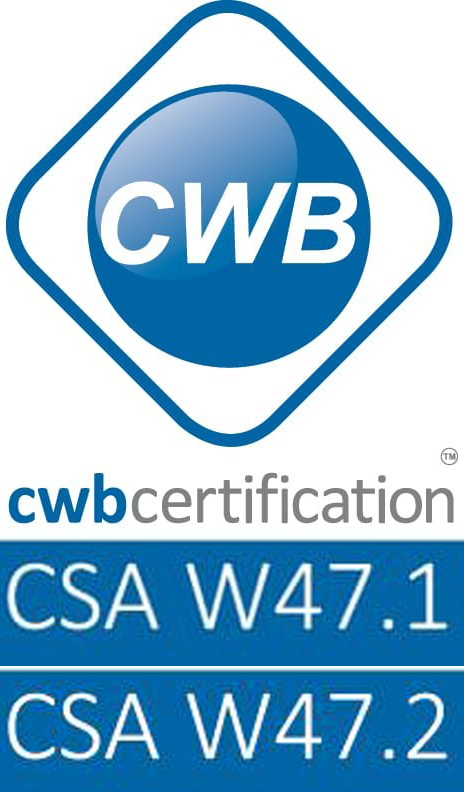News
What is Laser Welding, and How does it work?
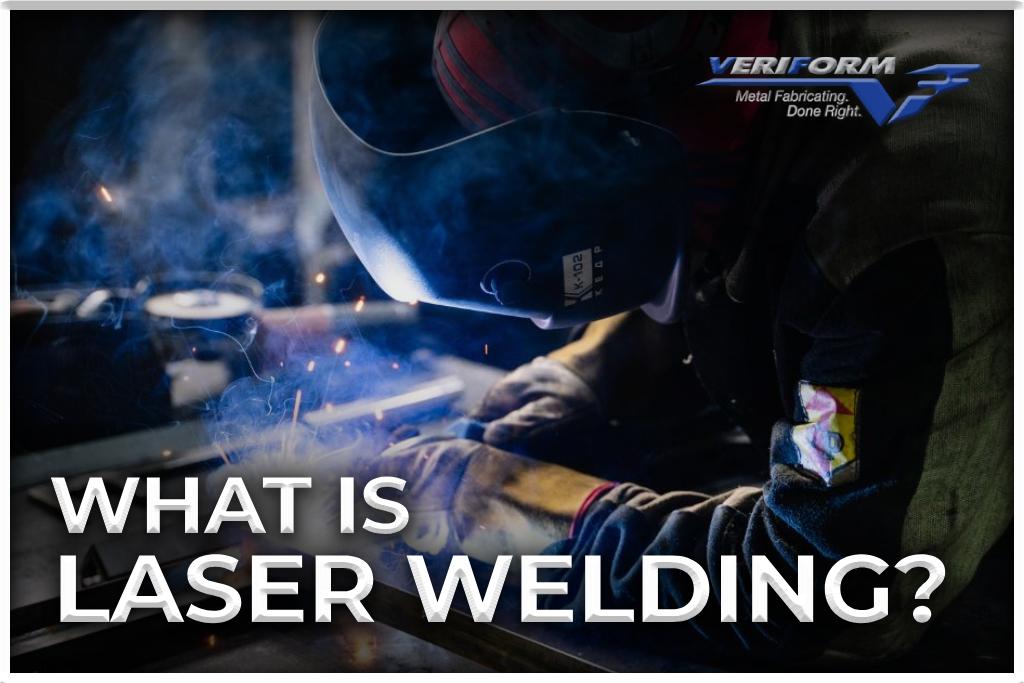
Welcome! Today we’re diving deep into the world of technology, specifically focusing on “What is laser welding?” Now, if you’ve ever thought about the various ways we bond materials together, you’ll likely conjure up images of glue, nails, or maybe even duct tape. But in the realm of high-precision manufacturing, things are a bit more…powerful. Let’s explore the world of laser welding!
What is Laser Welding
When you hear “laser welding,” what comes to mind? Futuristic robotics? Highly specialized engineering labs? In essence, laser welding is a process that uses concentrated light energy to join materials together. The laser beam provides a focused heat source, allowing for narrow, deep welds and high welding rates. It’s all about precision and speed!
Laser Welding: Technique, Types, Advantages, and Applications
Now, diving into the details, we need to look at the technique, types, advantages, and applications of laser welding. As we mentioned earlier, laser welding employs a concentrated beam of light (yes, a laser!) to generate heat and fuse materials together.
The technique is used in a wide range of industries. From automotive to aerospace and even in the medical field, laser welding is everywhere! The advantages are many, including precision, speed, and the ability to work with a variety of materials.
But it’s not all about the benefits. Laser welding also has its unique applications. For instance, think about car manufacturing. To ensure high-quality, safe vehicles, manufacturers need a way to join metal parts together securely, accurately, and quickly. Enter laser welding, the superhero of the manufacturing industry!
How Does Laser Welding Technology Work?
So, how does laser welding work? At its core, the process involves directing a laser beam at the joint where two materials need to be joined. The intense heat from the laser melts the materials, and as they cool, they solidify and fuse together. Imagine two pieces of metal becoming one, all thanks to the power of light.
Two Types of Laser Welding Techniques
When we talk about laser welding, we’re actually talking about two main techniques: heat conduction welding and keyhole welding. Let’s take a closer look at these.
Heat Conduction Welding
Heat conduction welding involves heating the surface of the material until it melts and forms a weld. The laser doesn’t penetrate very deeply, and the result is a shallow but wide weld. This technique is perfect for applications that require a beautiful aesthetic finish, like jewelry.
Keyhole Welding
On the other hand, keyhole welding is all about depth. The laser is so powerful it not only melts the material but it also vaporizes it, creating a small hole or “keyhole”. As the laser moves along the joint, the molten walls of the keyhole collapse and solidify, forming a deep, narrow weld. This technique is used when a strong, deep weld is needed, like in the construction of airplanes.
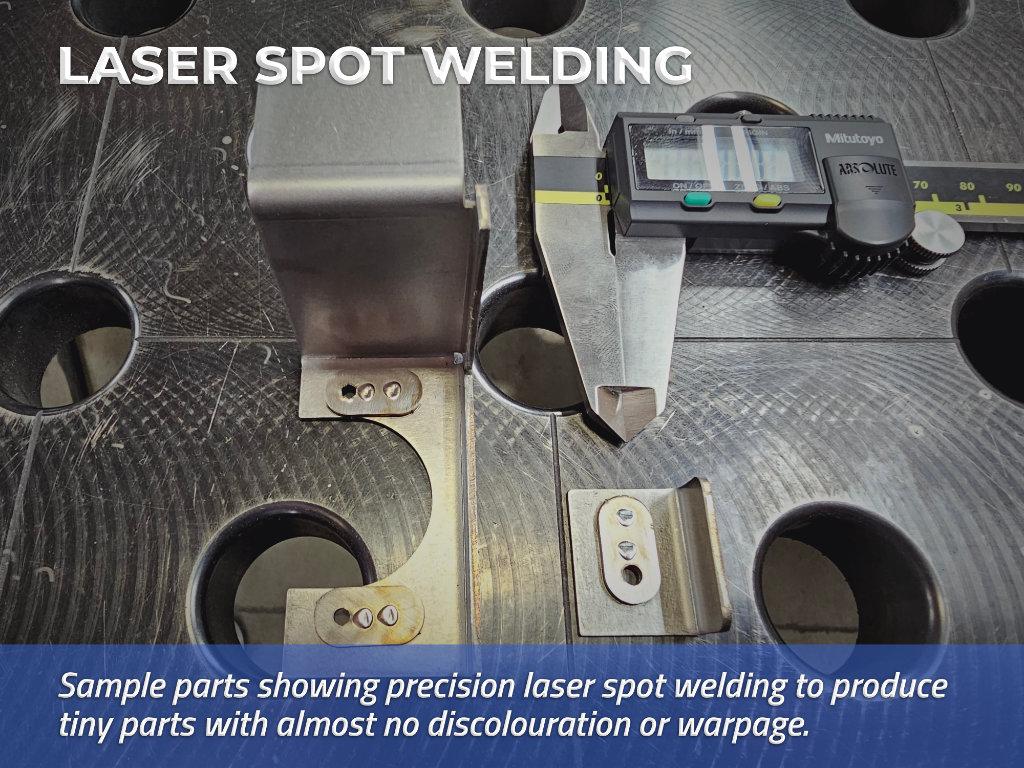
Advantages of Laser Welding
Let’s talk about the benefits of laser welding. First and foremost, laser welding allows for incredible precision. The ability to direct a high-energy laser beam exactly where it’s needed means that even the smallest, most intricate parts can be welded effectively.
Secondly, the speed at which laser welding operates is second to none. This means increased productivity for businesses and faster turnarounds for clients. It’s a win-win situation!
Moreover, laser welding is versatile. It can be used on a variety of materials, including different types of metals and alloys. It can also be easily automated, making it an integral part of many modern manufacturing processes.
Disadvantages of Laser Welding
However, like everything else in life, laser welding also comes with a set of disadvantages. For one, the initial investment for laser welding equipment can be quite high. This cost may not be justifiable for small-scale operations.
Additionally, laser welding requires a high level of expertise to ensure optimal results. Trained professionals are needed to operate and maintain the machinery. There is also the challenge of safety considerations when working with high-powered lasers, requiring strict adherence to safety protocols.
Laser Welding Applications
Now, onto applications. As mentioned earlier, laser welding is utilized in a wide range of industries. Let’s highlight a few.
In the automotive industry, laser welding is used to create body panels, gear components, and exhaust systems. The aerospace sector uses laser welding to create strong, lightweight components for aircraft and spacecraft.
In the medical field, laser welding is used for the production of medical devices and surgical tools, where precision is key. Even in the realm of electronics, laser welding is used to create connections on circuit boards and to assemble electronic components.
Conclusion
In conclusion, while laser welding comes with its own set of challenges, the benefits it provides in terms of precision, speed, and versatility make it an invaluable tool in today’s manufacturing landscape. From cars to spacecraft and medical devices, the applications are vast and varied, proving that the power of light can indeed be harnessed to create strong, durable, and precise connections. As we move forward, the role of laser welding in the manufacturing process is set to only become more significant. Looking for laser welding services? Contact VeriForm for more on how we can help you.
FAQ’s
What is laser welding used for?
Laser welding is utilized in many industries, including automotive, aerospace, medical, and electronics. It’s employed for its precision, speed, and versatility to create strong, durable connections between various materials, primarily metals and alloys.
Is laser welding as strong as TIG welding?
In terms of strength, laser welding can match and, in some instances, even surpass TIG welding. This is especially true in applications requiring deep, narrow welds or when welding dissimilar or hard-to-weld materials.
Is laser welding as strong as MIG welding?
Yes, laser welding can produce results as strong as MIG welding, if not stronger. This is because laser welding is capable of creating deeper, narrower welds, thus forming more robust connections. However, the strength depends on various factors, including material type and laser settings.
Is laser welding better than welding?
Laser welding is a type of welding, and whether it’s ‘better’ depends on the application. For precision, speed, automation capability, and versatility, laser welding excels. However, traditional welding methods may be preferred for larger, less delicate jobs due to lower equipment costs.
How thick of steel can a laser welder weld?
A laser welder can weld steel of varying thicknesses. For instance, high-power laser welding can handle steel up to 25mm thick. However, the thickness that can be effectively welded also depends on the type of laser, its power, and the welding technique used.


